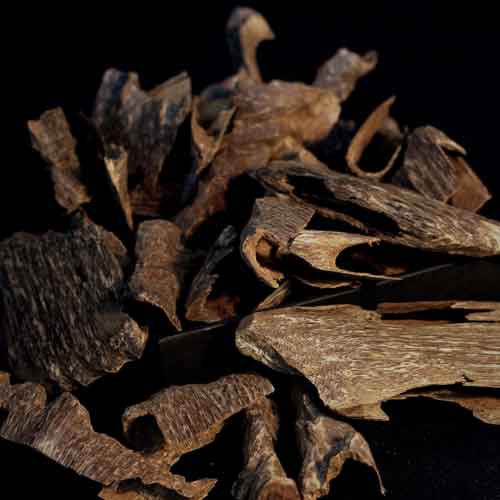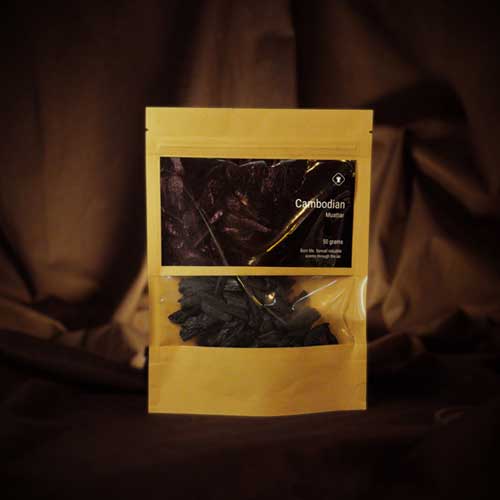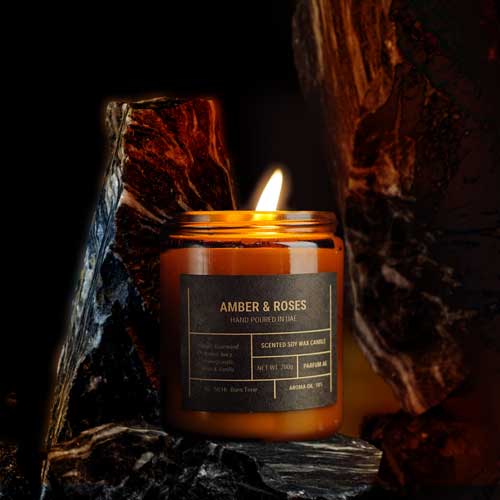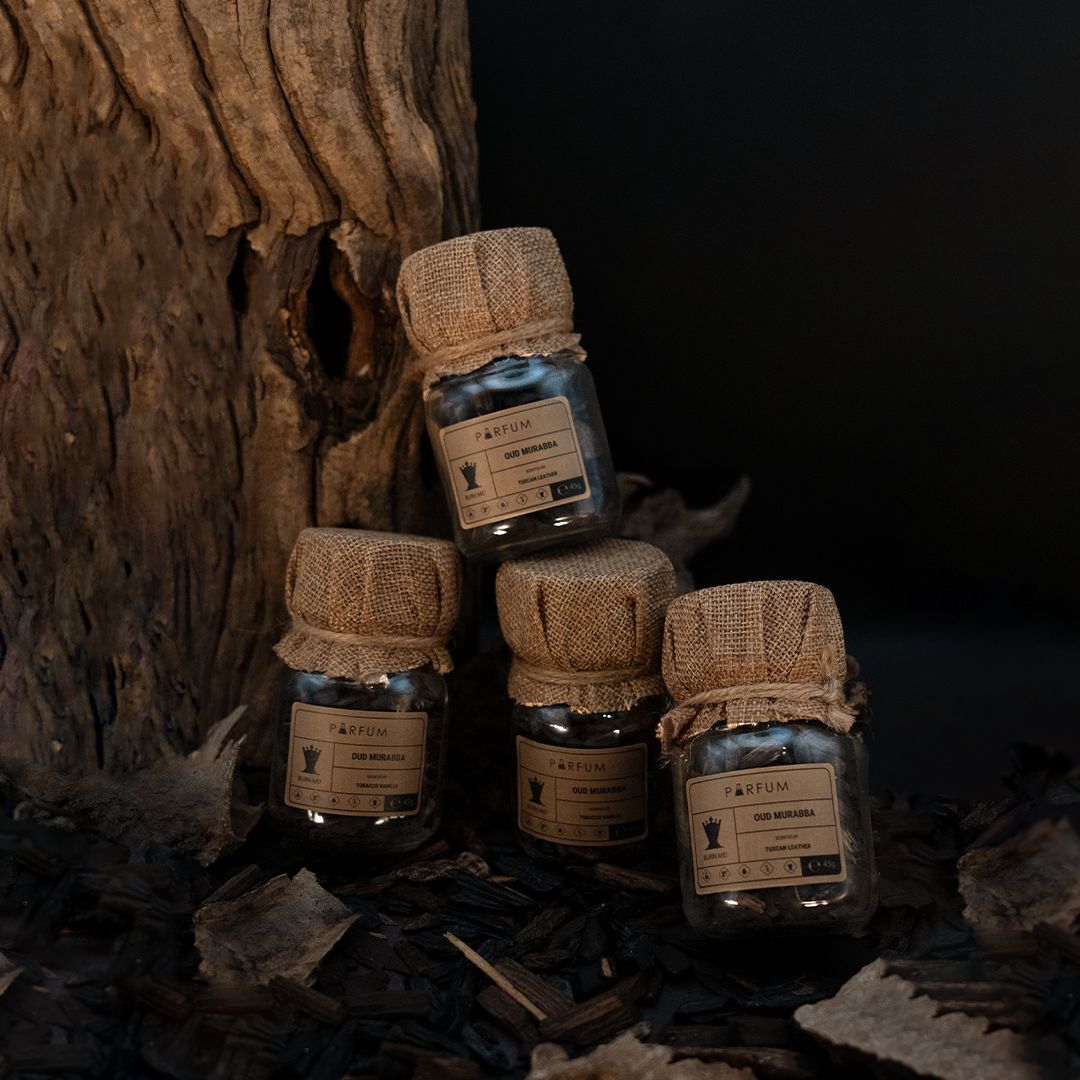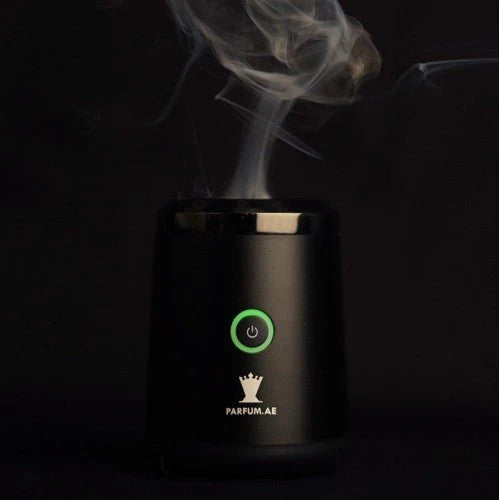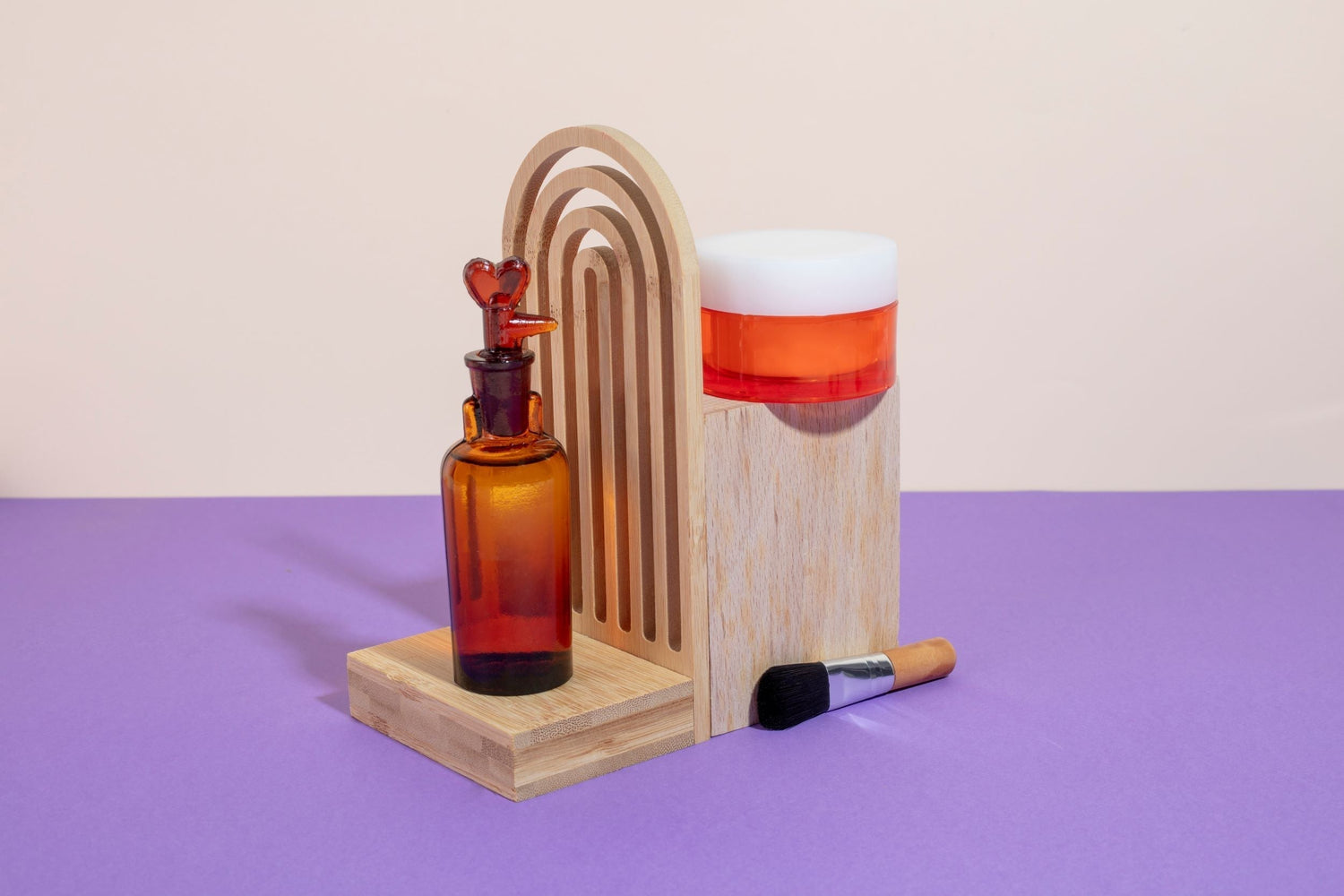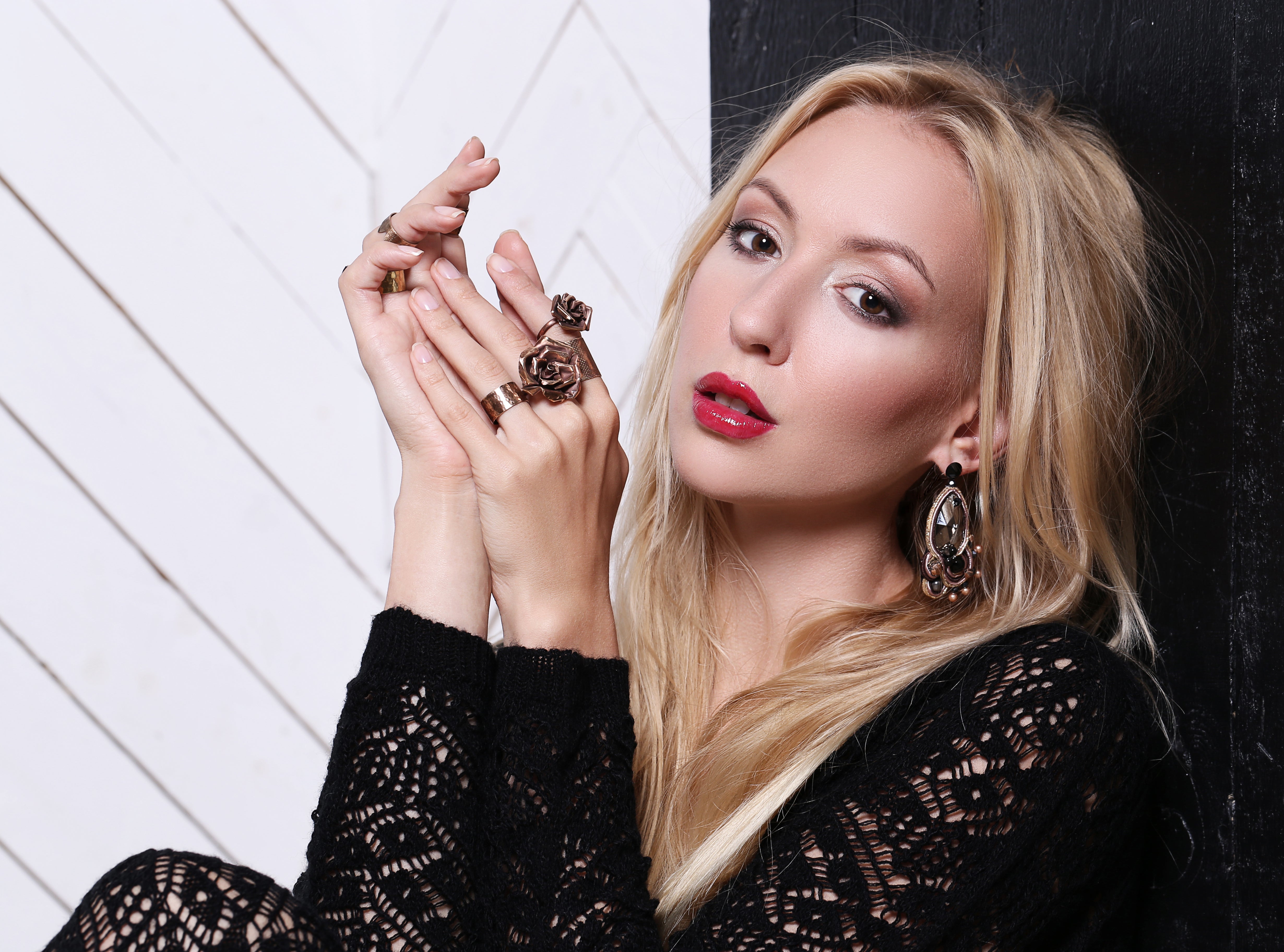Perfume is much more than a bottle of fragrance — it’s an olfactory experience that tells a story, evokes emotions, and leaves a lasting impression. But have you ever paused to wonder what’s in your perfume?
From exotic flowers and earthy woods to synthetic molecules that mimic rare scents, perfumes are crafted with a careful blend of ingredients to achieve a harmonious and long-lasting aroma. Each spritz carries not just a fragrance but a delicate balance of art and chemistry.
The Building Blocks of Perfumes: Basic Ingredients
Every bottle of perfume starts with a few essential components. While the artistry of perfumery lies in blending these ingredients creatively, the foundation remains the same:
1. Alcohol
Alcohol is the main carrier in most perfumes. It helps disperse the fragrance evenly and ensures it evaporates upon contact with the skin, releasing the scent. Perfumers typically use ethanol (a type of alcohol) because it is colorless, odorless, and ideal for dissolving aromatic compounds.
2. Aromatic Compounds or Essential Oils
These are the heart and soul of any fragrance. They can be derived from natural sources (like flowers, fruits, and woods) or created synthetically in labs. Aromatic compounds define the unique scent profile of a perfume.
3. Fixatives
Fixatives are crucial for ensuring the fragrance doesn’t fade too quickly. Natural fixatives, like ambergris and musk, and synthetic alternatives, like benzoin, help “fix” the aromatic compounds, making the perfume last longer.
4. Water
Water is used to dilute the perfume to the desired strength. The concentration of aromatic compounds and alcohol determines whether the product is a parfum, eau de parfum, or eau de toilette.
These basic ingredients for perfumes lay the groundwork, but the magic happens when specific notes are combined to create a unique olfactory experience.
Common Ingredients in Perfumes: What You’re Smelling

Perfumes are complex creations, often featuring a mix of hundreds of different ingredients to achieve just the right balance. Here are some of the most common ingredients in perfumes:
1. Floral Extracts
Flowers are a staple in perfumery and have been for centuries. Their soft, romantic, and versatile notes are often used in the heart and top layers of perfumes.
- Rose: Known for its rich and timeless aroma, rose oil or rose absolute is frequently used in luxury fragrances.
- Jasmine: A heady, sweet scent that adds depth and sensuality. It’s often described as the "soul" of many iconic perfumes.
2. Fruity Ingredients
Fruits, especially citrus fruits, are commonly found in fresh and vibrant perfumes. They provide an uplifting and clean quality to the scent.
- Bergamot: A citrusy ingredient with a slightly spicy undertone, often found in unisex fragrances.
- Peach: Adds a soft, juicy sweetness.
3. Woody Notes
Woody ingredients bring warmth and sophistication, often grounding the perfume in its base notes.
- Sandalwood: Smooth and creamy, sandalwood adds a luxurious depth to the scent.
- Vetiver: A green, earthy note that lends an outdoorsy, fresh quality.
4. Spices
Spicy notes bring a unique, exotic twist to fragrances and are popular in both men’s and women’s perfumes.
- Cinnamon: A warm, sweet spice often used in oriental scents.
- Cardamom: A fresh, spicy note with a slightly citrusy edge.
5. Synthetic Molecules
Modern perfumery often relies on synthetic ingredients to replicate rare or endangered natural scents. Synthetic compounds also enable perfumers to create entirely new aromas that don’t exist in nature.
- Iso E Super: A woody, musky molecule that adds a velvety texture.
- Ambroxan: A synthetic version of ambergris, used for its warm and sensual properties.
Perfume Structural Ingredients: The Note Pyramid
One of the most fascinating aspects of perfumery is the use of the “note pyramid,” a structure that determines how a perfume evolves after application.
1. Top Notes
The top notes are the first impression of a perfume. These are light, fresh ingredients that evaporate quickly, usually within the first 15 minutes.
- Examples: Lemon, bergamot, peppermint.
2. Heart Notes
Once the top notes fade, the heart notes emerge. These form the core of the perfume and typically last for several hours.
- Examples: Rose, jasmine, ylang-ylang.
3. Base Notes
The base notes are the longest-lasting part of the fragrance, often lingering for hours or even days. They give the perfume its depth and warmth.
- Examples: Amber, vanilla, sandalwood.
These perfume structural ingredients ensure that a scent evolves over time, creating a dynamic and multi-layered experience.
Natural vs. Synthetic Ingredients: What’s the Difference?

A common debate in perfumery is whether natural ingredients are superior to synthetic ones. Here’s the lowdown:
- Natural Ingredients
Extracted from plants, flowers, and other natural sources, these offer an authentic and organic quality. However, they can be expensive and less sustainable. - Synthetic Ingredients
Lab-created molecules are more versatile, sustainable, and consistent. They allow perfumers to replicate rare scents (like ambergris) and create unique aromas that don’t exist in nature.
For example, Chanel No. 5 famously uses aldehydes (synthetic compounds) to achieve its iconic sparkling effect.
The Art of Blending: How Perfumers Create Magic
Crafting a perfume is like composing a symphony. Each ingredient must be carefully chosen and blended to achieve balance and harmony.
- Choosing a Theme:
A perfumer begins with a concept, such as a floral bouquet or a warm oriental scent. - Layering Notes:
By balancing top, heart, and base notes, they ensure the fragrance develops beautifully over time. - Testing and Adjusting:
The formula is refined through multiple rounds of testing until the desired effect is achieved.
Final Thoughts: Decoding Perfume Ingredients
The next time you spritz on your favorite fragrance, you’ll know it’s more than just a pleasant smell—it’s a work of art. From the basic ingredients for perfume to the carefully chosen top, heart, and base notes, every drop is designed to tell a story.
By understanding the contents of perfume, you’ll not only appreciate the craftsmanship behind your favorite scents but also make more informed choices when shopping for a new fragrance.
Explore a world of exceptional perfumes and find your signature scent at Parfum.ae.

